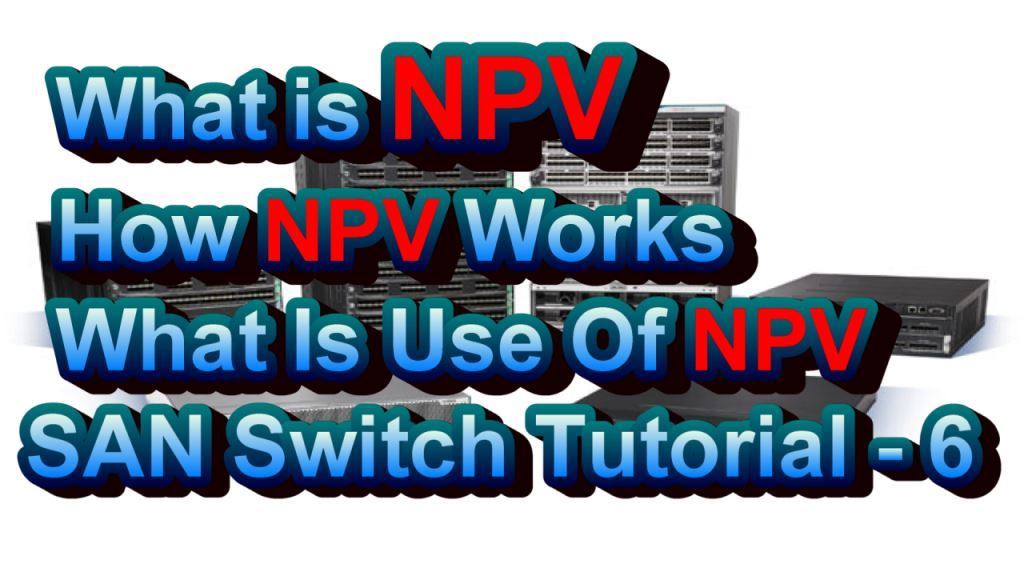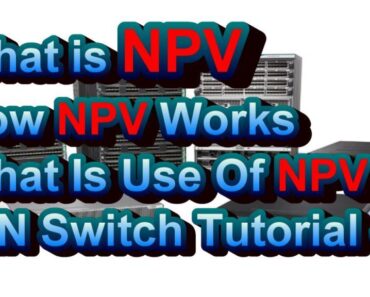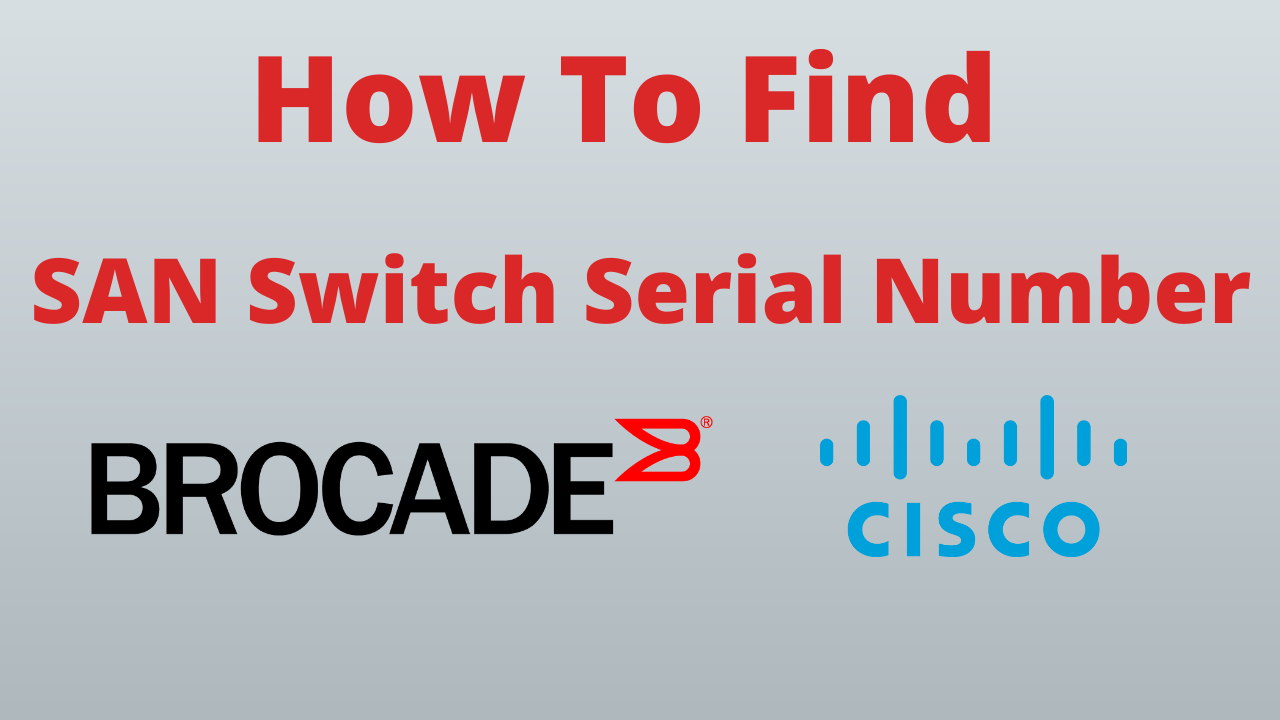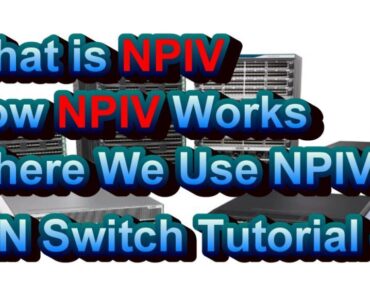In this blog, we will discuss what is NPV and how it works in a SAN switch. NPV sounds similar to NPIV but they are different in terms of their use.
Check out the post on what is NPIV and how NPIV works in SAN switch.

What Is NPV In SAN Switch?
NPV stands for N_Port Virtualization and a switch level feature. NPV enabled switches do not participate in the Device login process. However, they act as a proxy switch that bypasses all FC requests to its up-link switch. For example, assigning of FCID to end devices.
This feature is also available in is a Brocade switch but called Access Gateway Switch. In the next
Below is a YouTube video that explains what is N_Port Virtualization and how it works in the SAN switch. Subscribe the channel for more such videos on SAN switch training.
How NPV Works In SAN Switch
In order to understand how NPV works first let’s understand what happens when a new switch connects to the fabric. Generally, when a SAN switch is connected to a fabric its gets Domain ID. As a result of which, it participates in Fabric Services like assigning FCID to the initiator.
Now if you enable NPV in the switch then it will not have any Domain ID and does not participate in any device login process. Whatever Device is connected to the switch such as host, switch or UCS gets a domain ID from its up-link switch.

For example in the above diagram the host supposed to get an FCID from the middle switch. Due to this feature host gets an FCID from the uplink NPIV core switch.
Use Cases Of NPV SAN Switch Network
There are various ways to use the NPV feature in a SAN switch. Some of them are rare in many SAN. I was fortunate enough to witness one of these scenarios.
Fabric Needs Beyond 239 Switches
One of the rare used cases is when fabric needs more than 239 switches. Each switch in a fabric must have a domain ID. Now as the fabric grows the number of SAN switches also grows. As a result, you need more Domain ID for each switch.
If the number of switches reaches 239 then domain id also reaches 239. In such a scenario NPV is a solution to add more switches to the fabric.
Multiple Vendor Switches In Same Fabric
Another practical use of this feature is multi-vendor SAN switches in same fabric. If you have a SAN fabric with switches of multiple vendors then this feature is necessary.
For example, you can connect a Cisco Core switch with a Brocade SAN switch. Note both switches must be interoperability mode.
Migrating One Switch Vendor To Another Switch
You can also use NPV for migrating SAN switches from one vendor to another. We can use this for SAN switch migration from one vendor switch to another.
If you need to know the complete steps to migrate Brocade switch to Cisco Switch then follow the link. Similar steps can be used to migrate a Brocade switch to a Cisco MDS switch.



